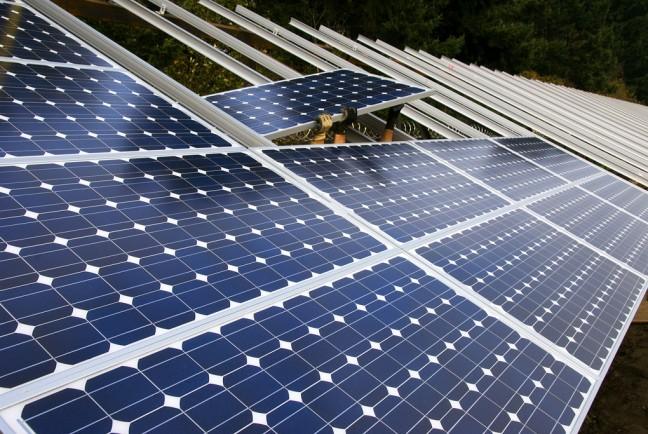In the aftermath of President Donald Trump’s decision to withdraw from the Paris Agreement, several entities nationwide have signed the petition “We Are Still In,” demonstrating commitment to environmental protection despite federal actions.
Among the petition signers are universities, businesses and local governments, including the county coalition of Dane County and Cook County, Illinois. The two have built a commitment to assist the country in confronting climate change.
Under the Paris Agreement, the nation agreed to reduce its 2005 carbon emissions levels between 26 and 28 percent by 2025.
The “We Are Still In” alliance represents more than 120 million Americans and $6.2 trillion of the nation’s economy.
From 2007 to 2015, Dane County reduced its greenhouse gas emissions by 26 percent, according to a statement from Dane County Executive Joe Parisi’s office. Accompanying this effort is Parisi’s addition of the Office of Energy and Climate Change and the Dane County Climate Change Council in the 2017 budget.
The Council is set to convene in July and will prepare for the local effects of climate change by promoting sustainable energy production and identifying better ways to reduce carbon emissions, according to the statement.
The collaboration between Dane County and Cook County sends a message that will reach a larger population, according to Deborah Stone, who serves on the Cook County Department of Environmental Control and acts as the Chief Sustainability Officer.
Efforts at the local level, in both university and government settings, are essential for environmental protection, Stone said.
“Counties are almost an invisible government,” Stone said. “And they don’t have a vision of the impact they can have.”
The collaboration to make modest carbon pollution reductions is important for public health and safety, according to Parisi’s statement.
“Dane County has already developed nearly enough carbon-free, renewable electric generation to offset all of its electricity use, and is now poised to coordinate an economy-wide effort to meet the Paris Agreement reductions and go well beyond.” Parisi said.
Joining the efforts to create a sustainable environment is University of Wisconsin-Madison associate engineering professor James Tinjum, who will embark on a 1,250 mile journey in July through the Midwest to draw attention to wind energy.
Tinjum will visit 17 wind energy sites in Wisconsin, Minnesota and Iowa to take photos of wind turbines and meet with communities near energy sites to emphasize the importance of expanding sustainable energy in the Midwest and increase awareness about wind energy.
Producing only 2.6 percent of state electric energy from wind power, as compared to Iowa and Minnesota which produce 30 and 18 percent respectively, Wisconsin is significantly underdeveloped in terms of wind energy capacity compared to neighboring states, Tinjum said.
By increasing access to awareness about sustainable energy, local entities will have the knowledge and resources to implement renewable energy technology within their communities, according to Stone.
Tinjum agreed, and emphasized local actors are important environmental advocates and will move forward with or without support from the national government.


